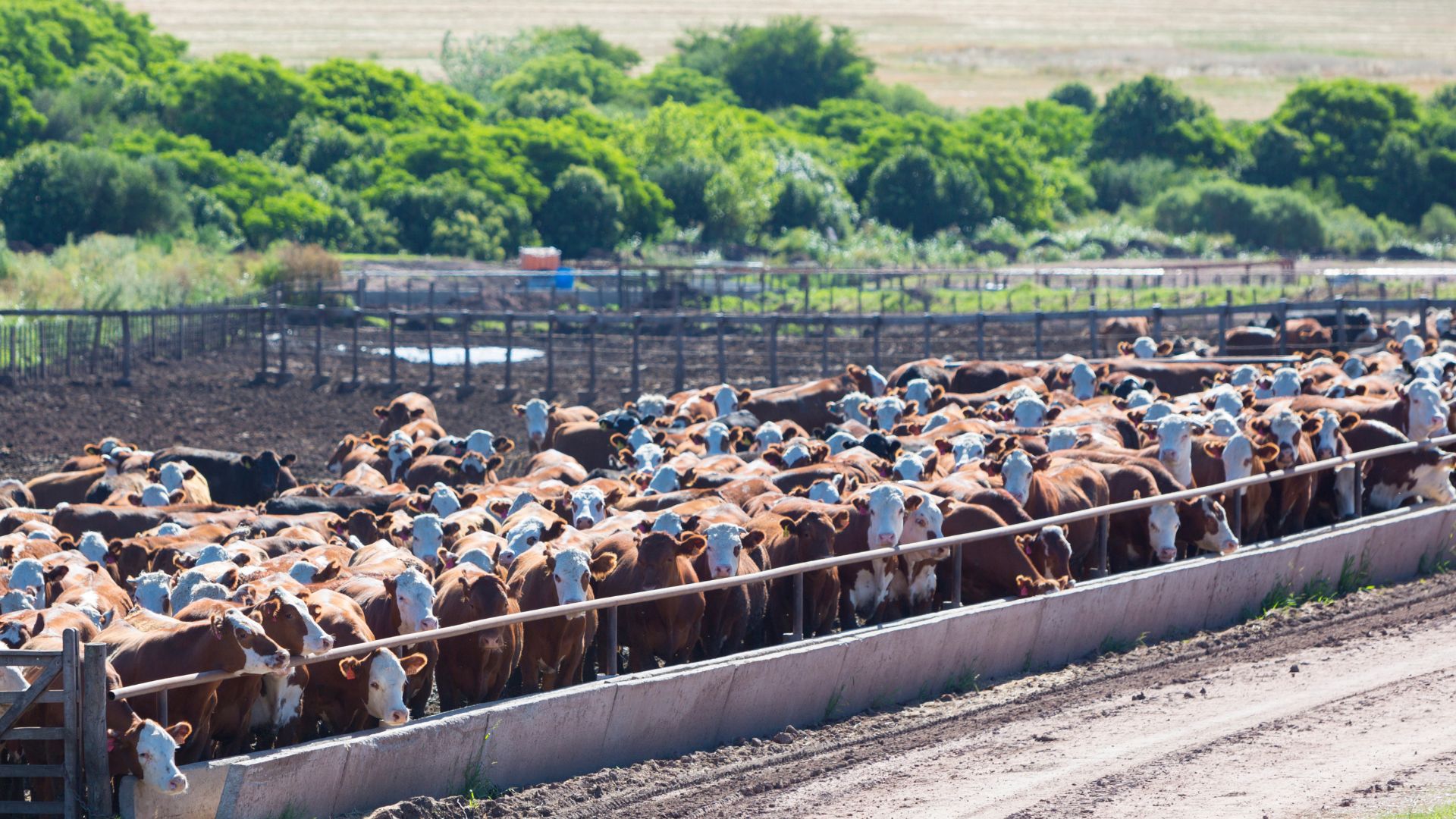Carbon footprint in the agro-industrial chains
Introduction
The world faces several environmental challenges, including protecting natural resources from over-exploitation and large-scale pollution. These challenges have become even more acute in the context of population growth, particularly in less developed countries. It considers various activities, including agriculture, forestry, and land use, and identifies sources and sinks of greenhouse gases. Food production chains contribute significantly to international greenhouse gas emissions, reaching 25%, as Poore & Nemecek (2018) reported.
The carbon footprint is a measure of the total exclusive amount of carbon dioxide emissions that are directly and indirectly caused by an activity or accumulated over a product’s life stages. This includes the activities of individuals, populations, governments, companies, organizations, processes, industrial sectors, etc. Products include goods and services. Across the board, all direct (on-site, internal) and indirect (off-site, external, embodied, upstream, downstream) emissions should be considered.
Carbon footprint of animal products
Life cycle assessment is one of the most popular and widely used methods for determining carbon footprints. Correctly identifying the functional unit as the subject of study is a crucial step in conducting a proper life cycle analysis. Dairy products (mainly milk) are the most studied products in terms of carbon footprint. This observation was made by analyzing several articles and scientific studies aimed at determining the carbon footprint of animal products. Two milk-specific entities have been widely studied, namely “fat and protein corrected milk FPCM” and “energy corrected milk ECM”. ECM is a method for measuring the energy content of milk from dairy cows. This is a standardized measure of the energy content of milk from dairy cows, which takes into account the fat and protein content (adjusted to 3.5% and 3.2%, respectively), as well as the lactose content and the weight of the milk produced. FPCM is the estimated quantity of milk calculated on an energy basis of 4.0% fat. ECM is used to compare the milk production of different cows and the baseline of current herd performance regardless of their fat and protein content using the following formula:
ECM=(0.327×milk weight)+(12.95×fat weight)+(7.2×protein weight)
The analysis we conducted identified two phases: off-farm and on-farm. The first includes everything related to the production of inputs such as fertilizers and pesticides, as well as the energy used in the process. The second is emissions related to the production of animal feed and the milk production and packaging process. Our analysis found that the “on-farm” carbon footprint (3.02 ± 3.18 kg CO2 equivalent/functional unit) is higher than the “off-farm” carbon footprint (0.69 ± 0.79 kg CO2 equivalent/functional unit).
Carbon footprint of crop production products
Based on reading and analyzing several articles and scientific studies to determine the carbon footprint of plant-based products, plant-based products are characterized by a wide variety. Vegetable oils (particularly olive and palm oil) and vegetable crops are the main crops subject to carbon footprint calculation. The use of area and/or weight as a functional unit varies from case to case. Often, the use of weight (kg or ton) and the use of weight-area combination (kg with ha or ton with ha) are the most commonly used approaches.
Regarding the production parameters that influence the carbon footprint of plant-based products, our correlation and regression analyses have shown that fertilization (particularly nitrogen) and electricity consumption are the two critical points. An increase in emissions from these two activities implies a significant increase in the carbon footprint. The carbon footprint of plant-based products is calculated in two phases: the agricultural phase and the industrial phase. Our analysis shows that the average CO2 footprint of the industrial phase (65.24 ± 70.93 kg CO2 equivalent/functional unit) is higher than that of the agricultural phase (19.99 ± 18.79 kg CO2 equivalent/functional unit).
Conclusion
The commitment of industrialized countries to the Paris Agreement requires radical changes in their production activities. When determining your carbon footprint, it makes sense to include as many emission sources as possible. If it is an agro-industrial product (e.g., pasteurized milk, vegetable oil…), logically, the determination of the CO2 footprint of the agricultural part and the CO2 footprint of the industrial part should be carried out. This is not always the case in literature. For example, Proietti et al. (2014) on the agricultural part of olive production, without dealing with the industrial processing of olives. Our analysis showed that the industrial part is generally characterized by a higher and more interesting carbon footprint.
References:
Brunori, A. M. E., Sdringola, P., Dini, F., Ilarioni, L., Nasini, L., Regni, L., Proietti, P., Proietti, S., Vitone, A., & Pelleri, F. (2017). Carbon balance and Life Cycle Assessment in an oak plantation for mined area reclamation. Journal of Cleaner Production, 144, 69–78. https://doi.org/10.1016/j.jclepro.2016.12.116
Čuček, L., Klemeš, J. J., & Kravanja, Z. (2012). A review of footprint analysis tools for monitoring impacts on sustainability. Journal of Cleaner Production, 34, 9–20. https://doi.org/10.1016/j.jclepro.2012.02.036
Poore, J., & Nemecek, T. (2018). Reducing food’s environmental impacts through producers and consumers. Science, 360(6392), 987–992. https://doi.org/10.1126/science.aaq0216
Proietti, S., Sdringola, P., Desideri, U., Zepparelli, F., Brunori, A., Ilarioni, L., Nasini, L., Regni, L., & Proietti, P. (2014). Carbon footprint of an olive tree grove. Applied Energy, 127, 115–124. https://doi.org/10.1016/j.apenergy.2014.04.019
Further Reading










































































